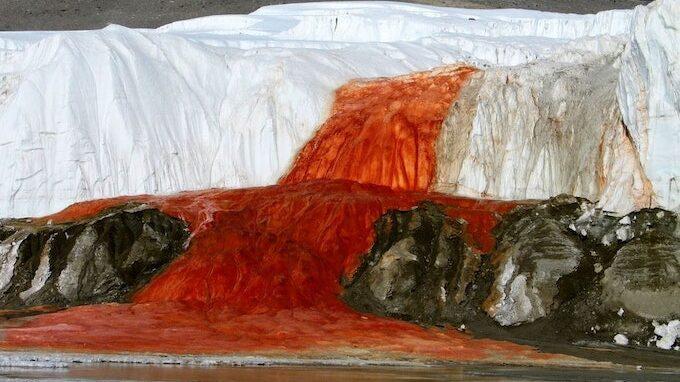
Antarctica: The Mystery of the Blood Falls Finally Solved
"As soon as I looked at the microscope images, I realised that these were tiny nanospheres and that they were rich in iron," says materials scientist Ken Livi of Johns Hopkins University. These tiny particles, one per cent the size of human red blood cells, come from ancient microbes and are abundant in the meltwater of the Taylor Glacier. In addition to iron, the nanospheres also contain silicon, calcium, aluminium and sodium, and this unique composition turns salty, subglacial water red when it meets oxygen, sunlight and heat after a long time.
ocean